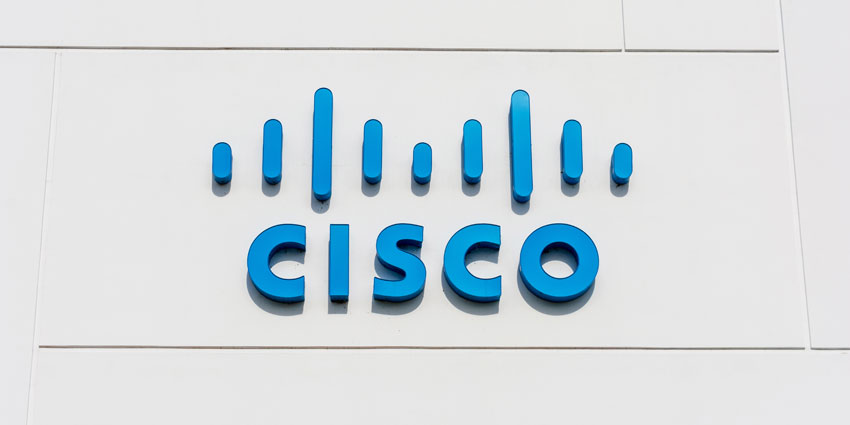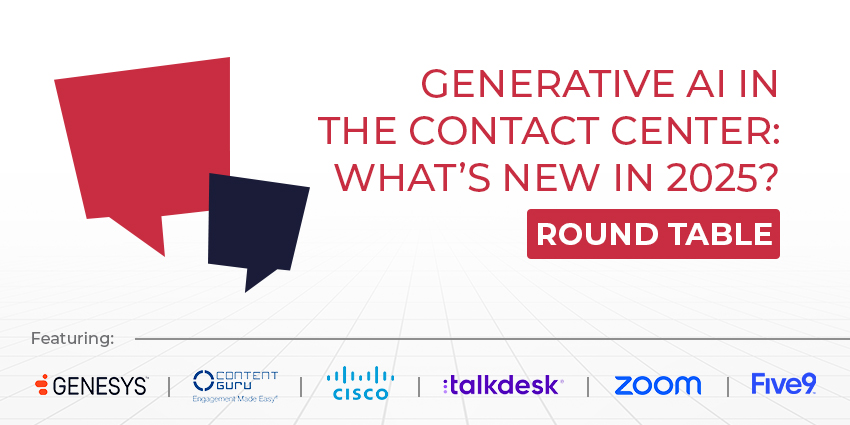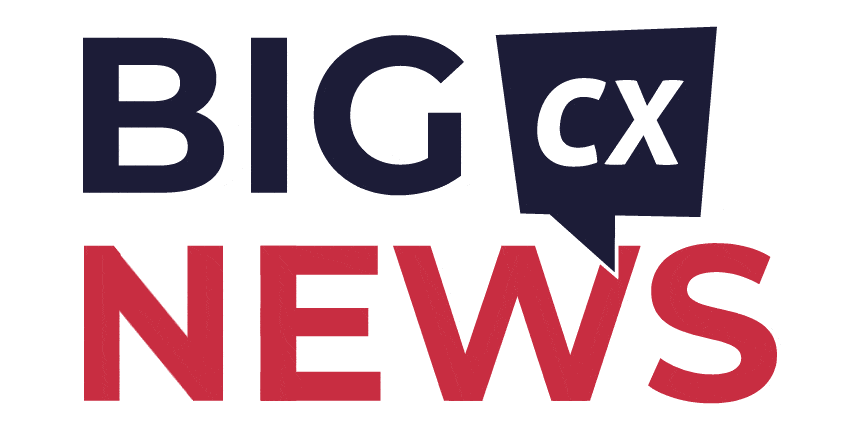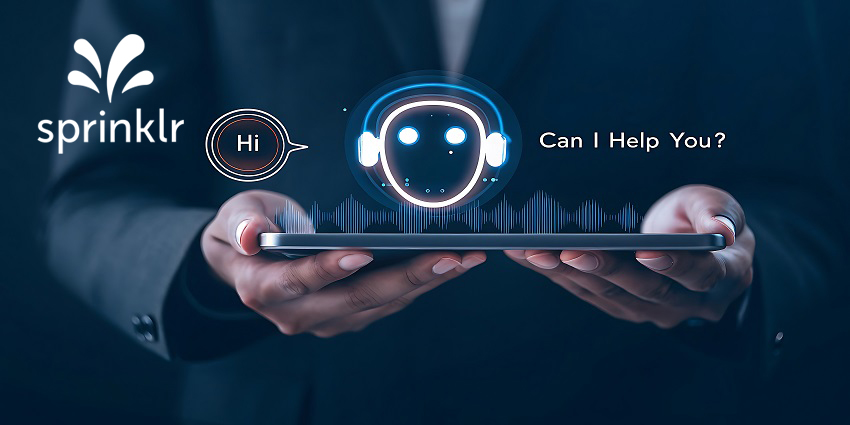Microsoft Teams has taken the world of business communication, collaboration, and productivity by storm in recent years. Offering a convenient blend of tools for everything from file sharing and chat, to video conferencing, Teams has earned a massive 320 million users worldwide.
As companies look for ways to consolidate their technology stacks, improve interactions between hybrid workers, and transform customer experience, many have begun prioritizing contact center solutions for Microsoft Teams. With the right partner, organizations can embed flexible CCaaS features into the Microsoft Teams ecosystem, connecting their UC and contact center stacks.
But what are the benefits of a Microsoft Teams contact center, and how can you ensure you’re getting the most value out of your solution?
What Is a Microsoft Teams Contact Center?
Microsoft Teams is an extremely versatile collaboration and communication tool, but it’s not a dedicated contact center solution on its own. Although Microsoft offers access to contact center tools through Teams Phone licenses, such as an auto-attendant capability, transforming Microsoft Teams into a full CCaaS solution requires a partnership with an external vendor.
Microsoft Teams Contact Center partners offer companies a way to access highly flexible and intuitive contact center capabilities aligned with Microsoft Teams. The result is an all-in-one solution for unified communications and contact center as a service, that can reduce operational costs, improve customer experience, and boost workplace productivity.
With a Microsoft Teams contact center, companies can:
- Leverage intuitive contact center features: Microsoft partners offer access to a range of valuable features such as skills-based routing, analytics, digital interaction recording, quality management features and more.
- Improve customer experience: The right solution will help agents to collaborate on complex customer experiences in real-time, enabling faster issue resolution and improved first call resolution rates.
- Optimize omnichannel: A Microsoft Teams contact center can empower companies to connect with customers through numerous channels, from messaging, social media and email, to phone, and even video conferencing with multiple channels viewed as a connected journey.
- Increase agent engagement: Access to a single-pane-of-glass solution for collaboration and customer communication can significantly increase agent engagement. Plus, the end-to-end platform boosts productivity and efficiency in the workplace.
- Empower contact center managers: A single pane of glass solution provided in a contact center app allows CX leaders to easily analyze and track engagement, customer experience, and agent performance across all channels.
- Maintain flexibility: With a comprehensive cloud-based contact center, businesses can easily scale their services and features, and take advantage of new innovations, such as generative AI bots, and automation options.
 Tim Peters, Global Marketing Leader at Enghouse Systems says: “A contact center integrated with Microsoft Teams extends the reach of your customer services operation, making your whole organization responsible for your brand in ways that were never previously possible. With Teams, contact center agents and other frontline workers are seamlessly supported by subject matter experts and other specialists throughout the company, delivering a far better experience for your customers. Enghouse Interactive has a long pedigree of working closely with Microsoft, developing integration for Microsoft OCS in 2009. As part of the elite Microsoft Technology Adoption Program (TAP), we have developed integrated contact centers for Microsoft Lync, Skype for Business and now Teams, and in 2020 became the first vendor to certify a Microsoft Teams-integrated contact center. With Enghouse, Microsoft Teams customers know they will get a mature, feature-rich contact center application that’s delivered by experienced, expert CX professionals who truly understand the contact center landscape”.
Tim Peters, Global Marketing Leader at Enghouse Systems says: “A contact center integrated with Microsoft Teams extends the reach of your customer services operation, making your whole organization responsible for your brand in ways that were never previously possible. With Teams, contact center agents and other frontline workers are seamlessly supported by subject matter experts and other specialists throughout the company, delivering a far better experience for your customers. Enghouse Interactive has a long pedigree of working closely with Microsoft, developing integration for Microsoft OCS in 2009. As part of the elite Microsoft Technology Adoption Program (TAP), we have developed integrated contact centers for Microsoft Lync, Skype for Business and now Teams, and in 2020 became the first vendor to certify a Microsoft Teams-integrated contact center. With Enghouse, Microsoft Teams customers know they will get a mature, feature-rich contact center application that’s delivered by experienced, expert CX professionals who truly understand the contact center landscape”.
Microsoft Teams Contact Center Best Practices
Notably, there are numerous ways for companies to bring contact center functionality to Microsoft Teams with the help of the right partner. For the best results, and the biggest return on your investment, here are some of the best practices you should follow.
1. Look for a Native Teams Integration
As mentioned above, contact center vendors can connect their features and systems to Microsoft Teams in various different ways. To deliver an excellent experience to your agents, and minimize disruptions, it’s worth looking for a partner who can deliver a fully native experience.
For instance, certified Microsoft partner, Enghouse Interactive, makes it easy to embed critical contact center functionalities, like digital interaction recording and skills-based routing directly into the Microsoft Teams interface. You can run your entire contact center directly through Microsoft Teams, without having to worry about additional apps and complexities.
Plus, Enghouse’s solution enables comprehensive flexibility. It gives companies the freedom to use their existing carriers or telecom providers as part of a Direct Routing package, and ensures end-to-end simplicity throughout the integration experience. You can even integrate your Microsoft Teams contact center solution with both Microsoft apps, like Dynamics CRM, and third-party tools.
-
Prioritize Omnichannel
As standard, Microsoft Teams offers a flexible omnichannel communication experience, but not all contact center solutions for Microsoft Teams empower companies to take advantage of every touchpoint. Look for a vendor that enables you to take advantage of all of Microsoft’s communication features, such as chat, video calling, and voice.
At the same time, think about the additional channels you may want to add into the mix. The right vendor should be able to give you advanced communication capabilities for SMS, webchat, and social media, so you can serve your customers wherever they are.
Plus, a strong Microsoft Teams contact center partner should make it easy to collect and analyze data from all of those channels, with an end-to-end system for quality assurance, monitoring, recording, and reporting.
An advanced omnichannel solution will help you improve team productivity, with a single pane of glass environment for interactions, and access deeper insights into the customer journey.
2. Remember Security and Compliance
As the contact center continues to evolve, with the rise of new channels and customer preferences, data governance and protection standards are changing too. When you’re leveraging a contact center for Microsoft Teams, it’s important to ensure that you’re working with a partner who can adapt to and support your security and compliance needs.
Look for a fully-secured cloud-based solution designed to adhere to standards like SOC2, and PCI-DSS. Consider whether you can integrate your technology with other applications and tools for end-to-end compliant call and screen recording, and compliance monitoring.
Additionally, make sure your contact center solution offers comprehensive access control solutions, such as multi-factor authentication. Choosing a secure, encrypted, and robust contact center platform will help you avoid regulatory fines, and preserve customer trust.
3. Consider Additional Technology Requirements
One of the great things about Microsoft Teams, is that it’s an extremely flexible platform. When you connect your contact center to the Teams landscape, you may want to consider leveraging other integrations too, to improve employee productivity, compliance, or customer experiences.
For instance, you might choose to take advantage of AI-powered tools that offer insights into customer sentiment and experience across the customer journey, or help you track employee performance with automated agent evaluation. You might want to consider leveraging additional tools for enabling self-service through teams, like customizable AI bots.
On a basic level, you should ensure your Microsoft Teams contact center can integrate with your workforce management tools, to help optimize staffing and scheduling. Plus, an integration with a CRM system will ensure you can capture and use valuable data throughout the customer journey, to personalize and enhance experiences.
4. Be Prepared for Constant Evolution
Finally, it’s worth remembering that Microsoft Teams, and the contact center landscape are constantly evolving. Making sure you’re ready to take advantage of new capabilities, such as Microsoft Teams Copilot, or advanced video conferencing solutions will ensure you can stay one step ahead of the competition. Choose a Microsoft Teams contact center vendor that makes it easy to scale your solution and access new features as they emerge.
Additionally, make sure your vendor can offer insights into key performance metrics and data, with analytical and reporting tools. A holistic approach to capturing data from the contact center will help you make better decisions about which channels to use for customer service, how to staff your contact center, and how to improve the customer experience.
Maximize the ROI of your Microsoft Teams Contact Center
Today, Microsoft Teams is more than just an incredible tool for internal collaboration and boosting workplace productivity. It can also be the heart of your customer service strategy. With the right Microsoft Teams contact center solution, you can create a unified environment for team collaboration and customer service, boosting productivity, efficiency, and performance.
All you need to do is find a Microsoft partner capable of offering a feature-rich, future-proof solution, that can adapt toy our specific needs.

Steve Nattress, Vice President, Product Management at Enghouse Interactive says: “Enghouse Interactive has designed, developed, delivered and supported contact center solutions since 1995 and has the most comprehensive CX portfolio in the industry, offering a range of Microsoft-integrated applications that include call and screen recording, attendant consoles, call accounting, outbound dialing, post-interaction survey, and many more. As a long-time trusted provider of hundreds of Microsoft Teams contact centers around the world, we offer dedicated experience and expertise in the contact center space. And unlike many vendors, we are able to offer our customers a choice of deployment: cloud, on-premises or hybrid. We also provide a suite of deeply CX-focused AI capabilities, designed to support agents in their service delivery and also to assist contact center leaders with optimized quality assurance and highly dependable voice of the customer insights.”








